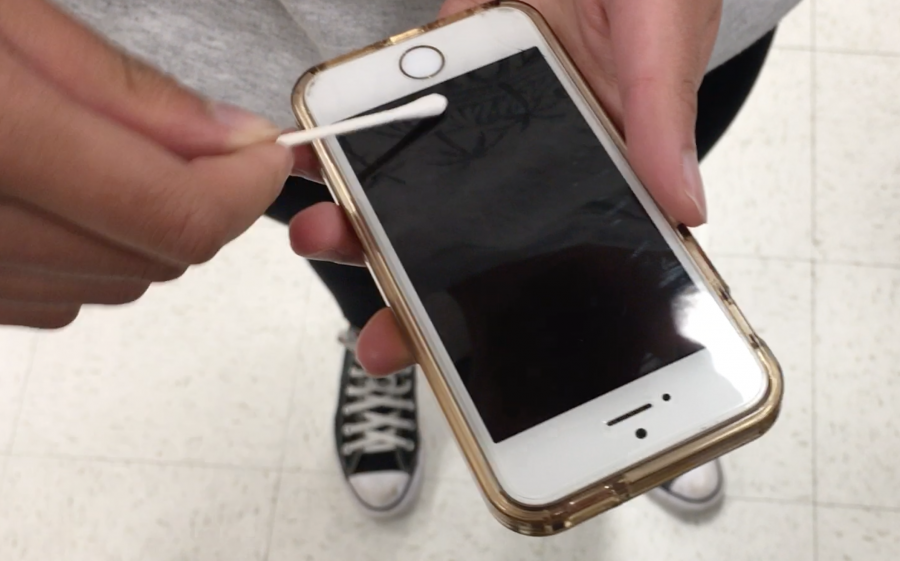
During the meeting, Vice President of Events and senior Gill Wang explained that a recent study found more than 17,000 bacterial gene copies on the phones of high school students. Wang mentioned other studies, which have found serious pathogens on cell phones, including Streptococcus, MRSA and E. Coli.
In the lab, members were to clean their phones with four cleaning agents (microfiber cloth, hand sanitizer, disinfecting wipes and 70 percent Isopropyl alcohol) and observe the growth of bacteria from phone over a five-day growth period to determine which cleaning agent was most efficient.
Materials needed:
Phone
Cotton swabs
Cotton rounds
Microfiber cloth
Hand sanitizer
Disinfecting wipes
70% Isopropyl alcohol
Petri dishes
via GIPHY
Lift lid of Petri dish and lightly draw squiggly lines in the agar (rolling the swab as you draw).via GIPHY
Cleaning Agent #1: Microfiber Cloth
Use microfiber cloth to clean a section of the phone.
via GIPHY
Swab phone surface with cotton swab and roll swab onto the agar of a new Petri dish.via GIPHY
Cleaning Agent #2: Hand sanitizer
Squeeze hand sanitizer on a cotton round and clean a section of the phone.
via GIPHY
Swab phone surface with cotton swab and roll swab onto the agar of a new Petri dish.Cleaning Agent #3: Disinfecting wipes
Use disinfecting wipe to clean a section of the phone
via GIPHY
Swab phone surface with cotton swab and roll swab onto the agar of a new Petri dish.Cleaning Agent #4: 70 percent Isopropyl alcohol
Dip end of cotton swab into alcohol and clean the last section of the phone.
Lastly, label and place Petri dishes in the incubator to promote the growth of microbes.
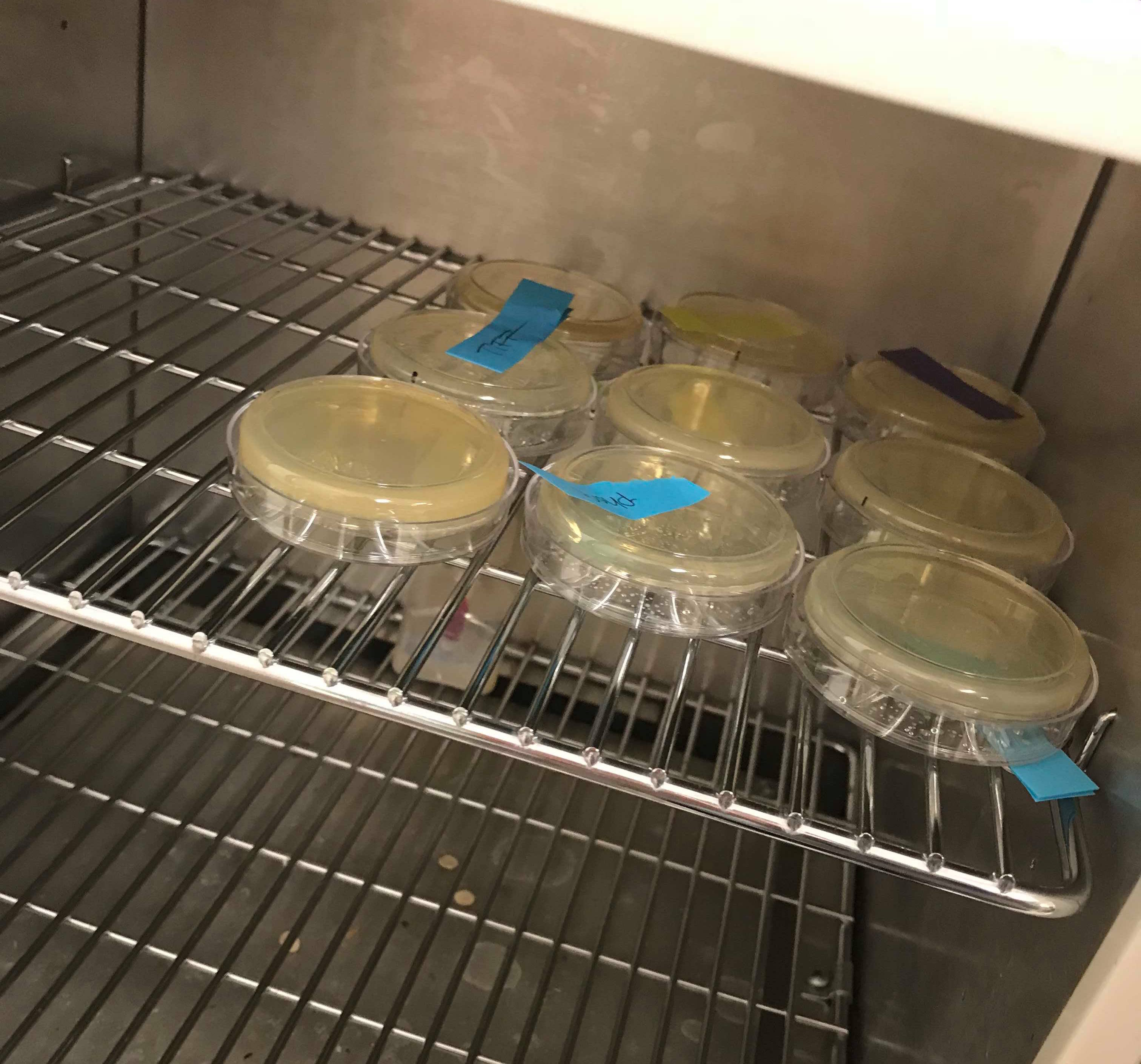
Lab Results:
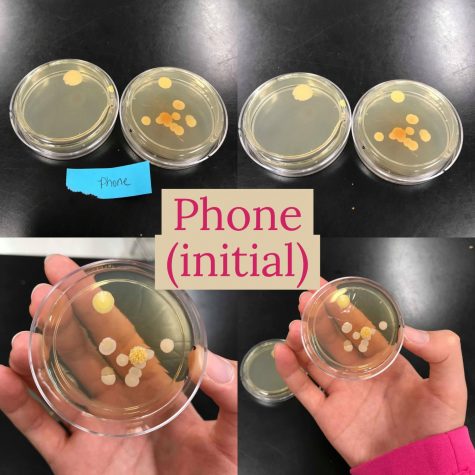
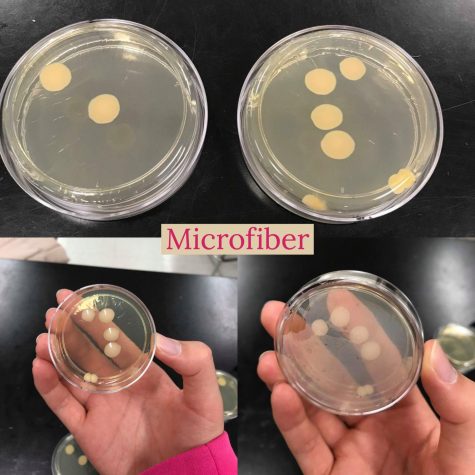
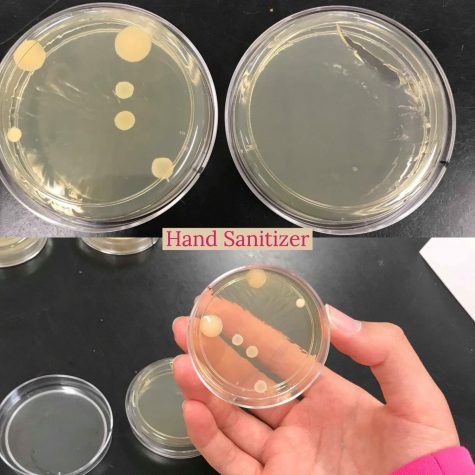
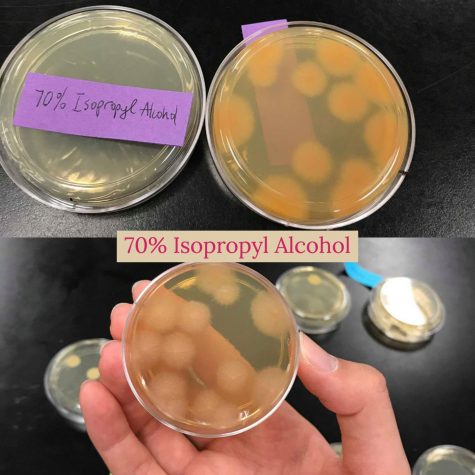
Officer Tiffany Chen pointed out that the left dish for 70% isopropyl alcohol should be the ideal sample, as the alcohol was supposed to be the most effective. Chen believes the right dish with the large spores was contaminated, and that the spores don’t match the bacteria seen in other dishes.
